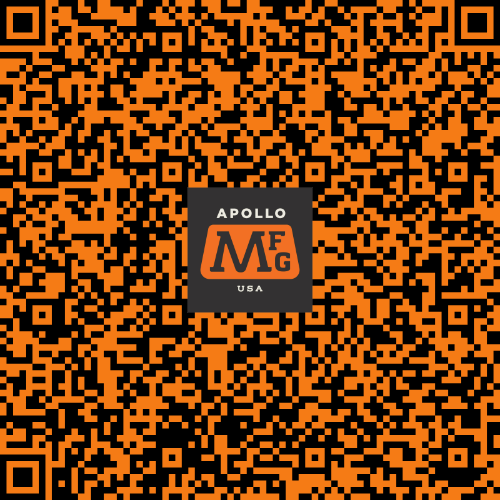Laser-induced surface swelling, also known as foaming, is a technique used to create raised marks on certain plastic and metal surfaces. The process involves the use of a laser beam to rapidly heat localized areas of the material, causing the surface to expand and form a raised bubble or foam-like structure. This results in a three-dimensional mark that can be felt by touch.
One of the significant advantages of foaming laser marking is its ability to create tactile and eye-catching marks. The raised bubble or foam-like structure provides a textured surface that stands out visually and can be easily felt by touch. This adds a sensory dimension to the marked object, making it more engaging for the end-user. Foaming is commonly used in applications such as buttons, dials, or control panels, where the tactile feedback or enhanced user experience is desired.
The raised marks created through the process exhibit excellent resistance to wear, making them suitable for high-contact or high-traffic areas. The expanded surface structure provides added strength and durability, ensuring that the marks maintain their tactile properties over time. This makes foaming laser marking a reliable choice for applications where longevity and robustness are essential.
Whether it's adding a company logo, embossing product details, or creating unique textures, foaming laser marking offers a range of design possibilities that can enhance the overall aesthetics and functionality of the marked objects.





